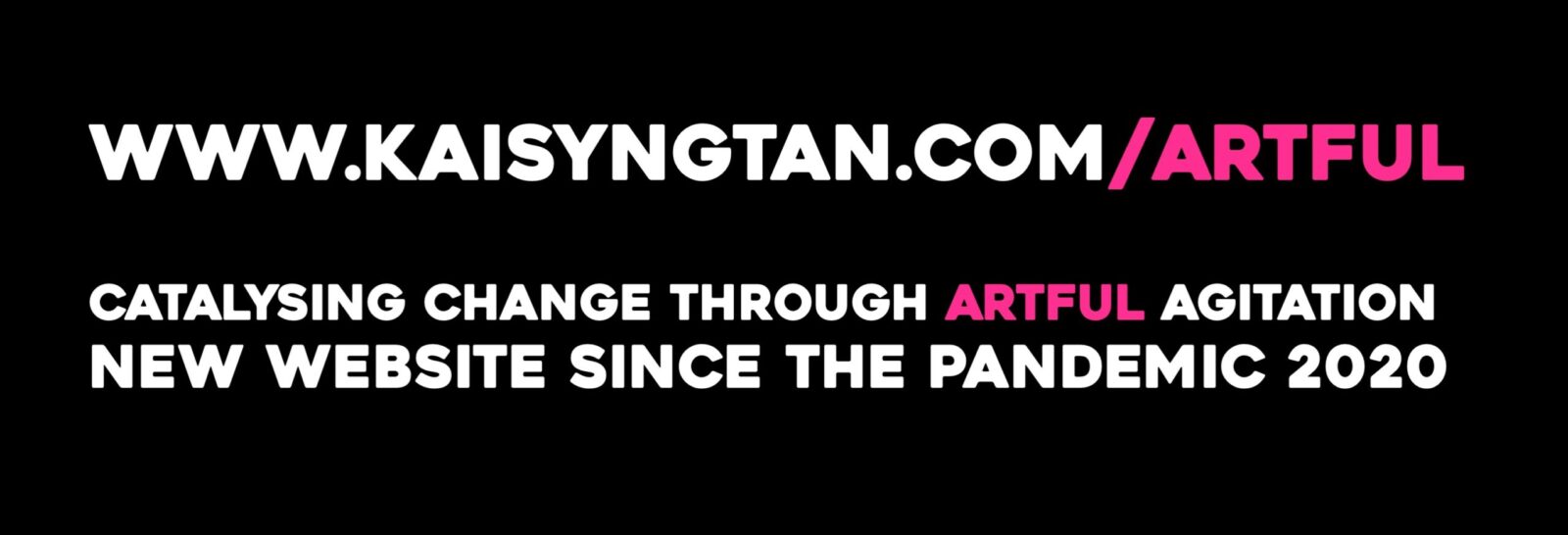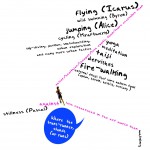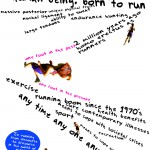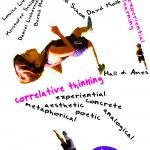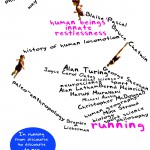The RUN! RUN! RUN! International Body for Research investigates and promotes running as a creative app that may enable us to re-imagine the way we engage with the world. We run a wide range of cross-disciplinary, practice-related research activities that are serious, rigorous and disruptive – as they are mad, light-footed, light-hearted, frivolous and plain useless. The ethos of RUN! RUN! RUN International Body for Running is itself montaged by way of scampering through and picking and mixing a dizzying and delicious assortment of practices and theories, including Situationism, digital aesthetics, the ancient Chinese philosophy and practice of Daoism (Taoism), neuroscience, etymology, travel literature and philosophy. In other words, running is activated as a mode of relating distinct discourses.
We are particularly inspired by the playful, poetic, techno-sceptic and transgressive ways of Daoism founder Lao Zi’s (Lao Tzu), which is the source behind this to our playful and performative approach, including the wanton mobilisation of ‘run’-related idioms, wordplay, alliteration, etymology, metaphor and analogy. The philosophy of correlative theory is another theoretical framework for this college approach. Also known as analogical thinking (Graham 1986), correlative thinking is a ‘spatial way of thinking’, a way of ‘mapping the relationships between things that do not exist in a linear cause-and-effect sequence’ (Miller 2003, p.60). Anticipating China: Thinking Through the Narratives of Chinese and Western Culture (1995) by philosophers David Hall and Roger Ames presents a nuanced investigation of this mode of thinking, which they also refer to as ‘aesthetic order’, vis-à-vis the dominant order of what has been variously described as the rational, causal or logical thinking. Instead of the analytical, abstract and formal, correlative thinking emphasises the aesthetic and imaginative, as well as the spontaneous, experiential and concrete. Form is inseparable from contents; each mapping is specific, unique, ‘ad hoc’ and ‘irreplaceable’. Correlativity is processual, and is open to endless possibilities. This underlies the Chinese pluralistic view of the world, of ‘10,000 things’ (Hall and Ames).
Click on each of the mappings below to see what we are montaging.
